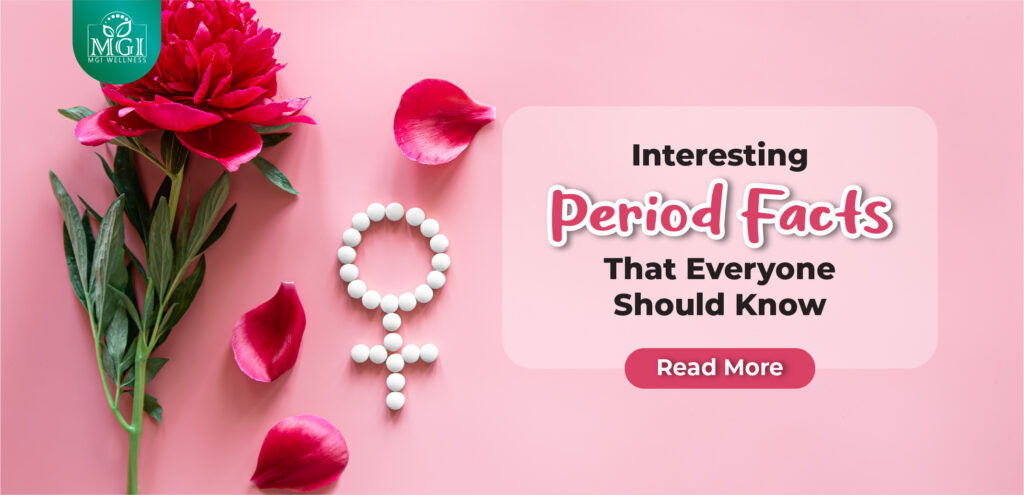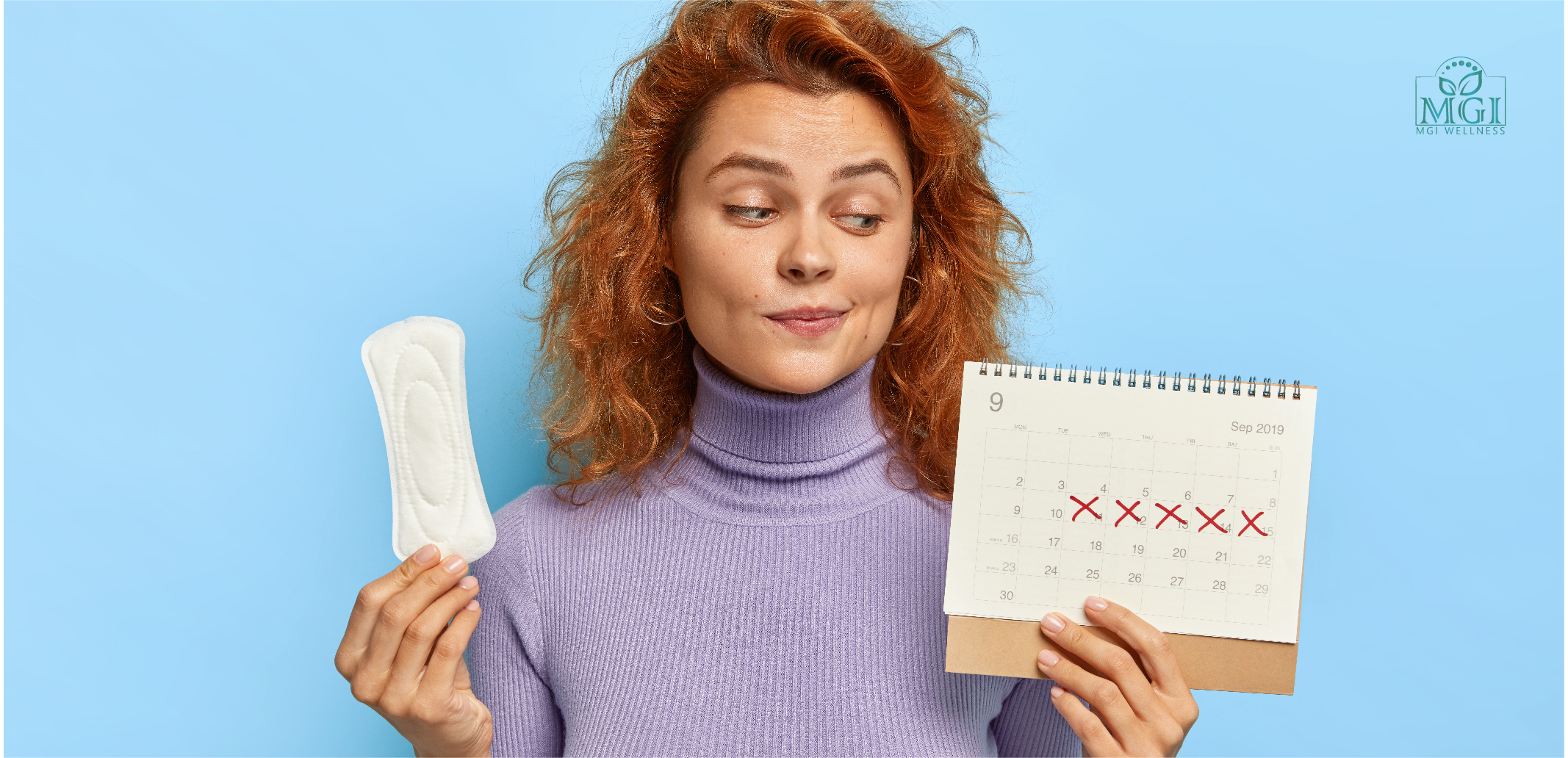Wellness
Interesting Period Facts That Everyone Should Know
Menstruation, or more commonly known as period, is normal shedding of the uterus lining which occurs monthly as part of the menstrual cycle. The menstrual cycle can range from 23 to 35 days depending on individual. The first day of menstruation is counted as the start of a new menstrual cycle.
Here are 8 important facts that you need to know about menstruation:
- A normal menstruation usually last for 2 to 7 days
The length of a period can vary between individuals, depending on the length of the menstrual cycle.
- You do not bleed as much as you think
A woman sheds an average of 60 ml of blood during one period, which is around 3 to 4 tablespoons. However, if you are constantly changing pads every less than 2 hours or passing large blood clots, you should consult your doctor as this indicates heavy menstrual bleeding, which may be caused by other underlying issues.
- Periods don’t always run on schedules
Although periods are on monthly cycles, it doesn’t always come on time; sometimes few days later or earlier. In certain circumstances such as stress or illness, it may even delay for a few weeks. Some women have irregular periods and this makes it harder for them to predict their next period date accurately. Thus, it isn’t their fault if they stain the bedsheets or sofa!
- A missed period does not always mean you are pregnant
A missed period can be caused by various reasons. Some reasons can include excessive, vigorous exercising, extreme weight loss or stress.
- Pre-Menstrual Syndrome (PMS) are not just bad moods
Pre-Menstrual Syndrome comprises of a collective group of physical and emotional symptoms which normally occurs before period. Common symptoms may include fatigue, breast tenderness, headaches, migraines, mood swings, backaches, stomach bloating, constipation, period cramps and the list goes on.
- PMS symptoms are more common than you think; for some severe enough to impact daily lives.
In Malaysia, 75% of women experienced at least one PMS symptom and the most frequently reported symptoms were body ache (75.3%), abdominal pain (75.3%), irritable feeling (63.9%) and breast discomfort (61.4%). Approximately 7% of them reported their symptoms as severe enough to impact their daily lives.
- Period cramps may be caused by a deficiency of certain vitamins and minerals
According to studies amongst female adolescents and young adult women, women with low haemoglobin levels and anaemia, which is caused by iron deficiency have a higher risk of period pain. Besides iron, deficiency in vitamins and minerals such as magnesium, calcium and vitamin B1 may also contribute to period pain.
- Iron deficiency can worsen PMS symptoms
A deficiency in certain minerals such as iron and zinc may increase the severity of PMS symptoms.
References:
- NHS UK. NHS; [cited 2023Apr7]. Available from: https://www.nhs.uk/conditions/periods/.
- org [Internet]. Cologne, Germany: Institute for Quality and Efficiency in Health Care (IQWiG); 2006-. Heavy periods: Overview. Available from: https://www.ncbi.nlm.nih.gov/books/NBK279294/
- Nazem TG, Ackerman KE. The Female Athlete Triad. SAGE Journals. 2012 Mar; 4(4).
- Vigil P et al. Ovulation, A Sign of Health. SAGE Journals. 2017 Nov; 84(4).
- Omar K, Mohsin SS, Muthupalaniappen L, Idris IB, Amin RM, Shamsudin K. Premenstrual symptoms and remedies practiced by Malaysian women attending a Rural Primary Care Clinic. African Journal of Primary Health Care & Family Medicine. 2009;1(1).
- Bauman D, Sommer A, Hamer T, Noy D, Elami M, Yogev SS, et al. Reduced activity and quality of life in women soldiers with heavy menstrual bleeding and dysmenorrhea. Journal of Pediatric and Adolescent Gynecology. 2022;35(1):53–8.
- Kusumawardani PA. The Relations Between Anemia and Female Adolescent’s Dysmenorrhea. 2018Feb22;
- Afriliana NA. Relationship Between Hemoglobin Levels And The Incidence Of Dysmenorrhea In The Students Of Pasir Pengaraian University 2018. MN [Internet]. 2019 Oct. 7 [cited 2022 Feb. 24];7(2):445-50. Available from: https://e-journal.upp.ac.id/index.php/akbd/article/view/1909
- Saei Ghare Naz M, Kiani Z, Rashidi Fakari F, Ghasemi V, Abed M, Ozgoli G. The effect of micronutrients on pain management of primary dysmenorrhea: A systematic review and meta‐analysis. Journal of Caring Sciences. 2020;9(1):47–56
- Chocano-Bedoya PO, Manson JE, Hankinson SE, Johnson SR, Chasan-Taber L, Ronnenberg AG, et al. Intake of selected minerals and risk of premenstrual syndrome. American Journal of Epidemiology. 2013;177(10):1118–27.





